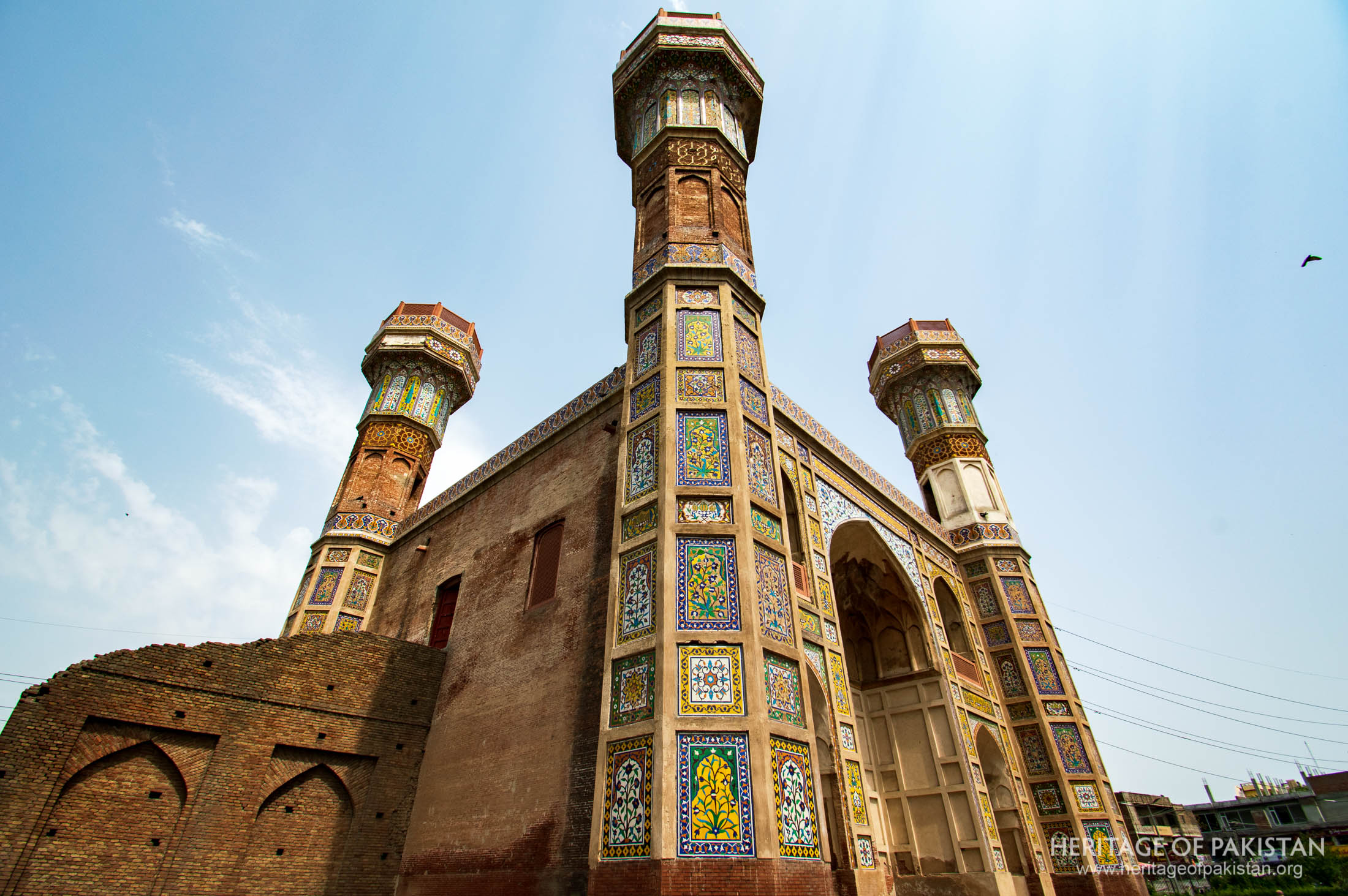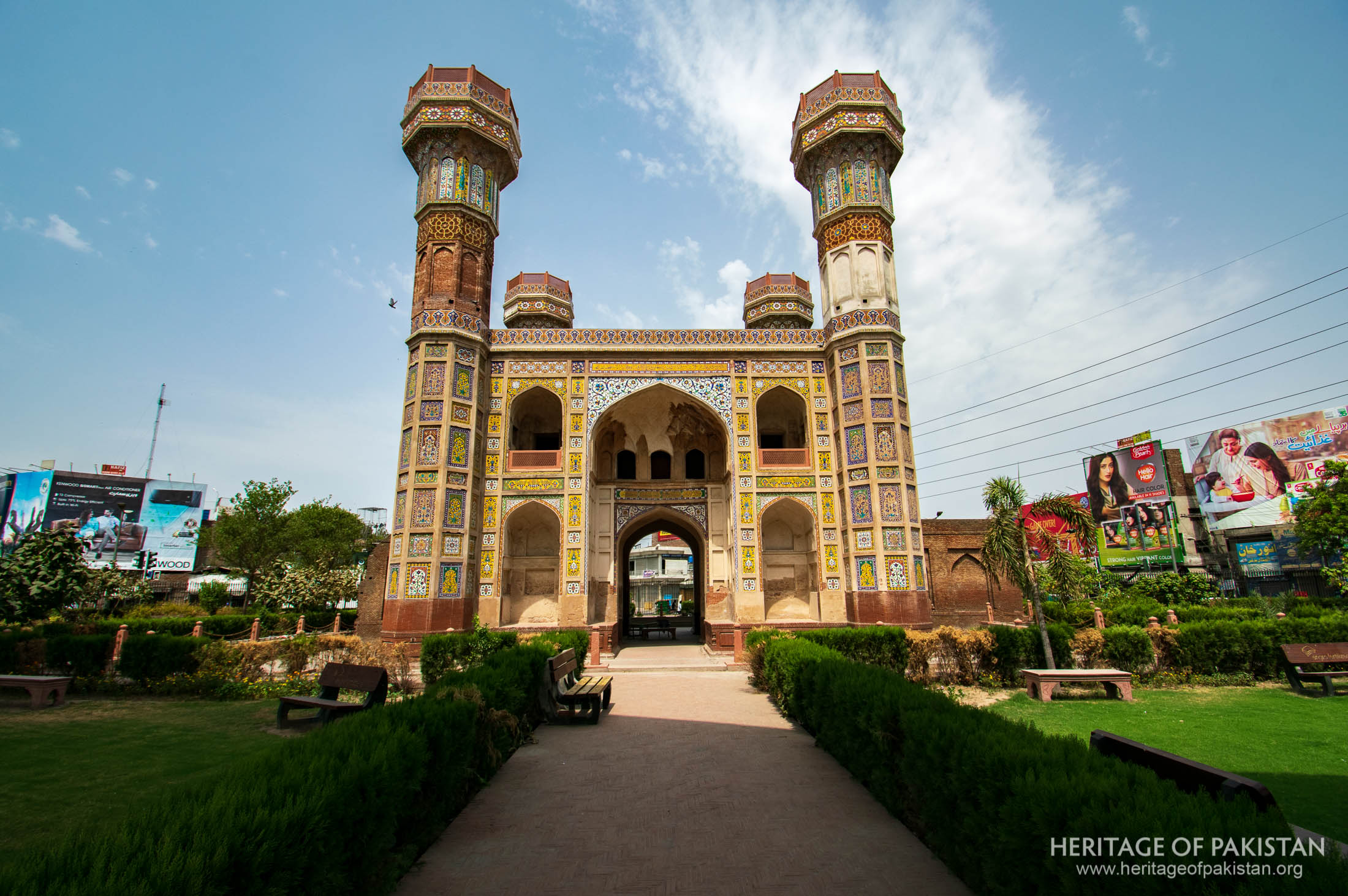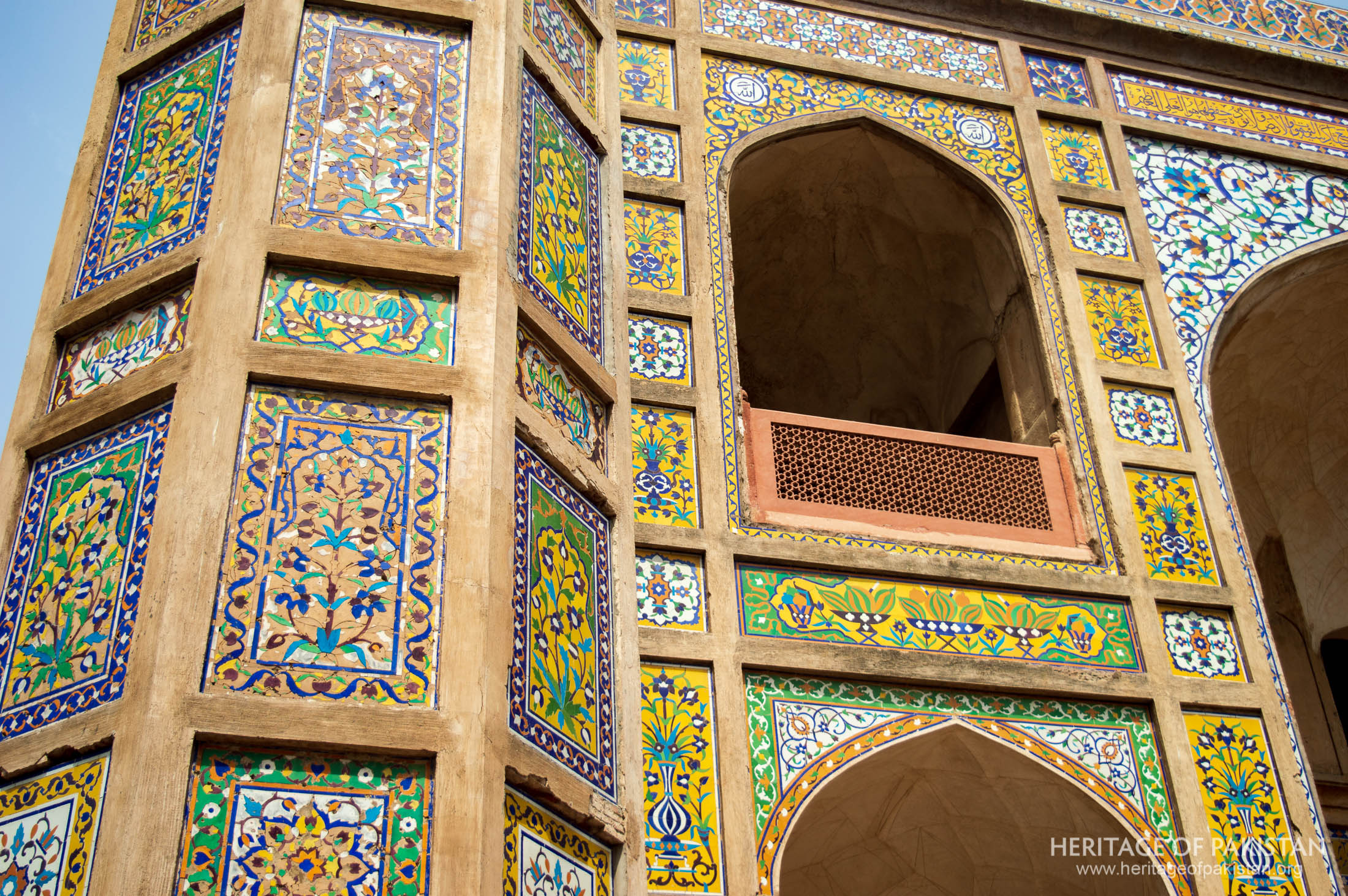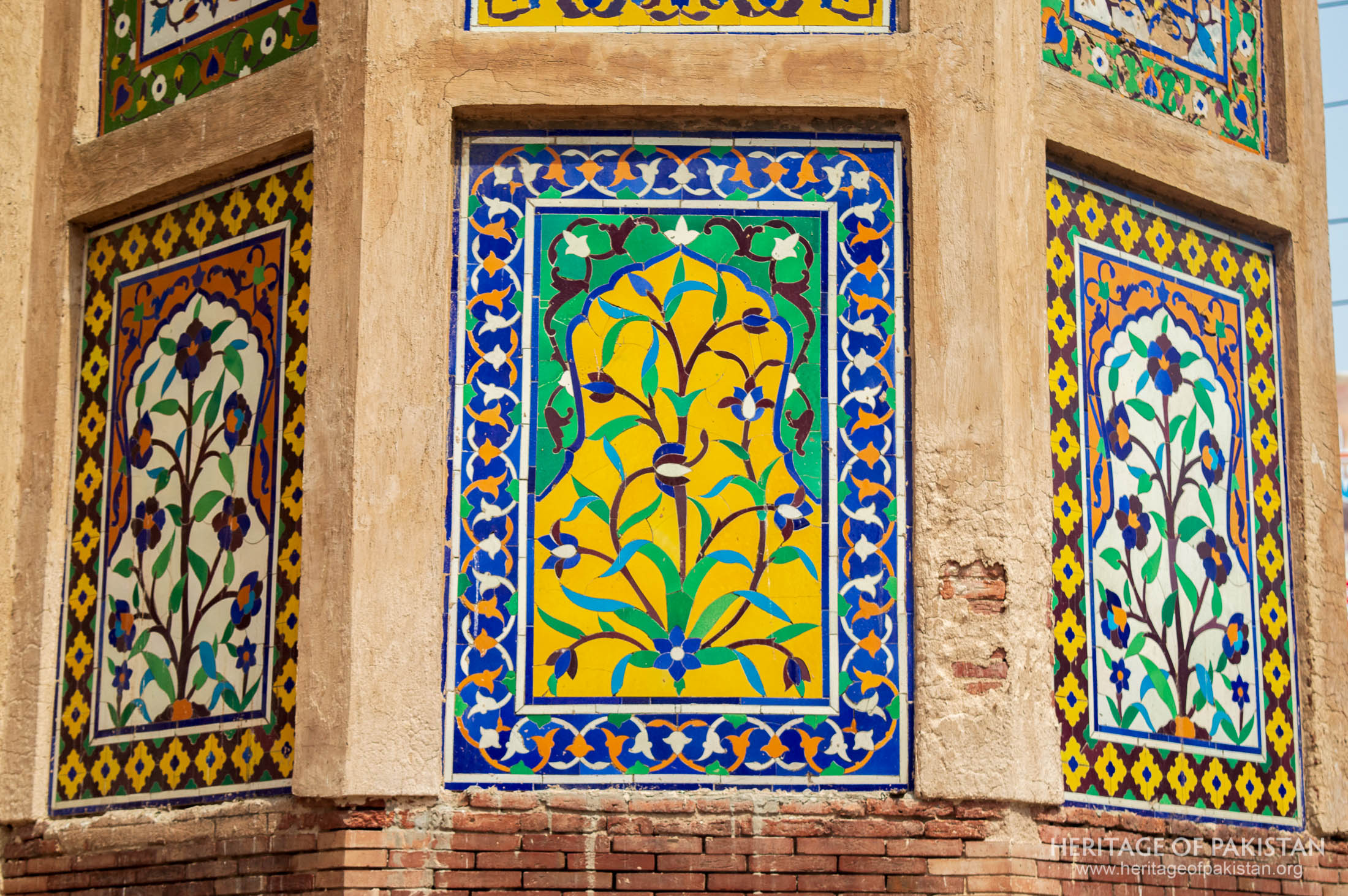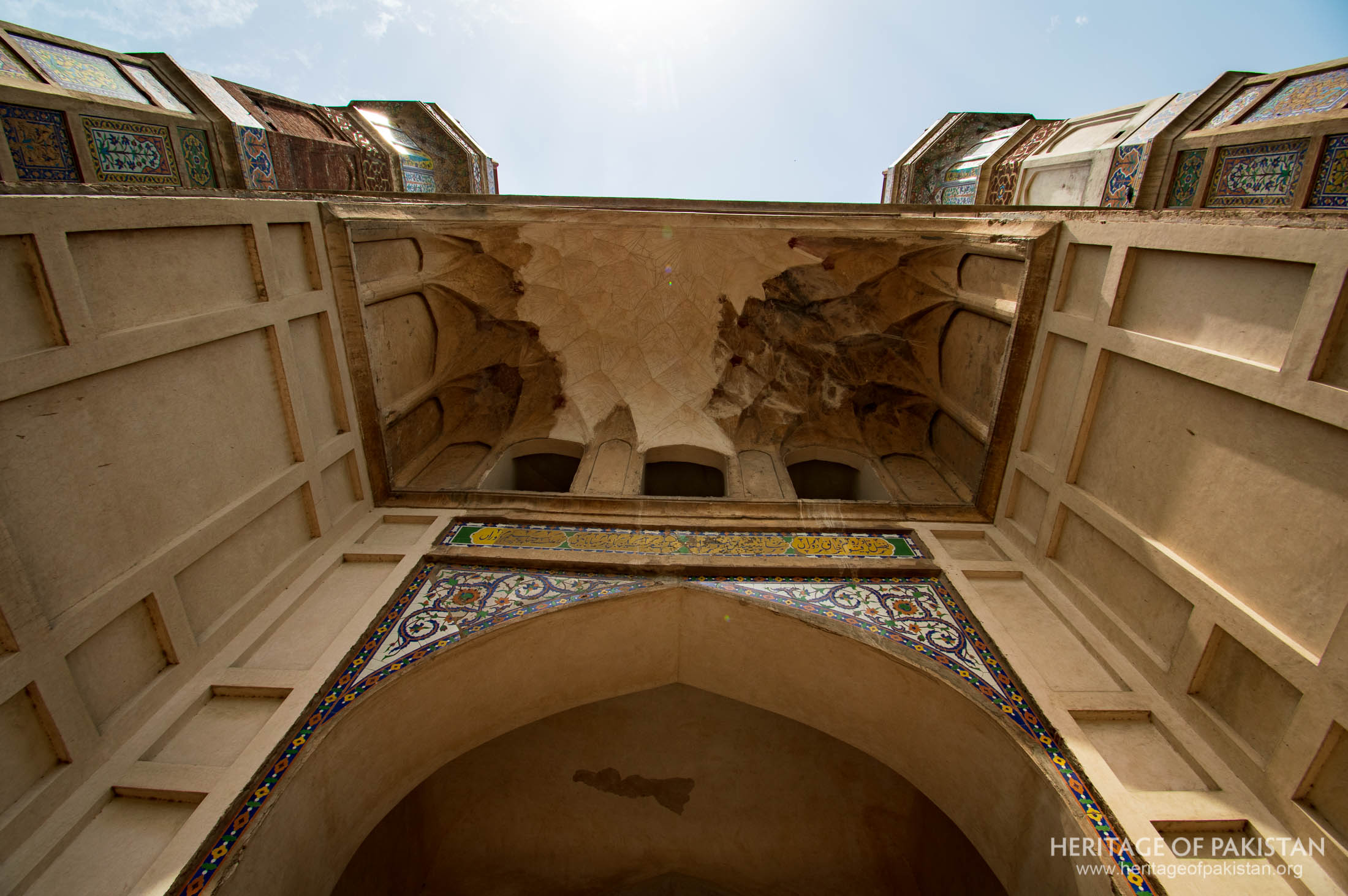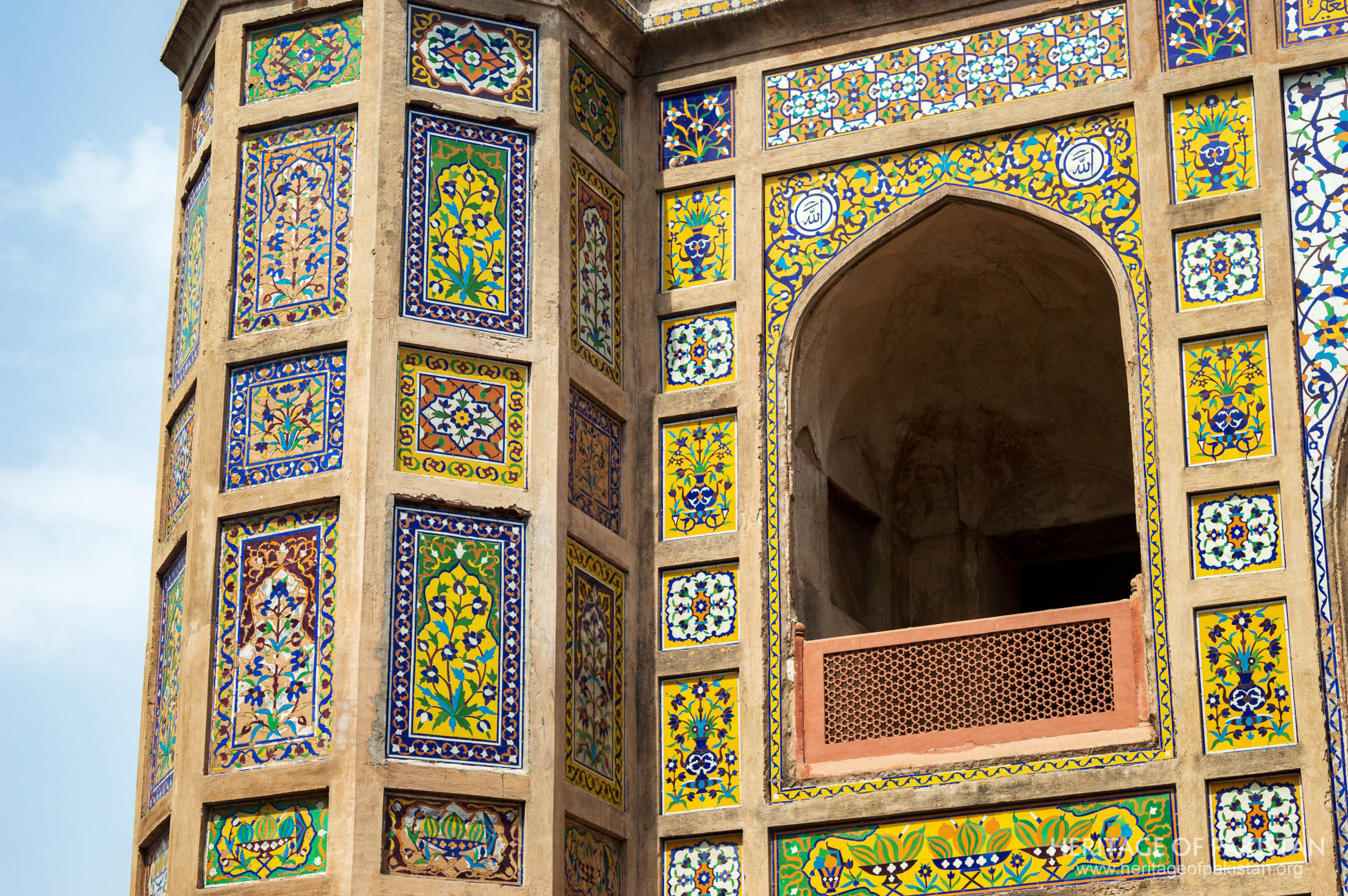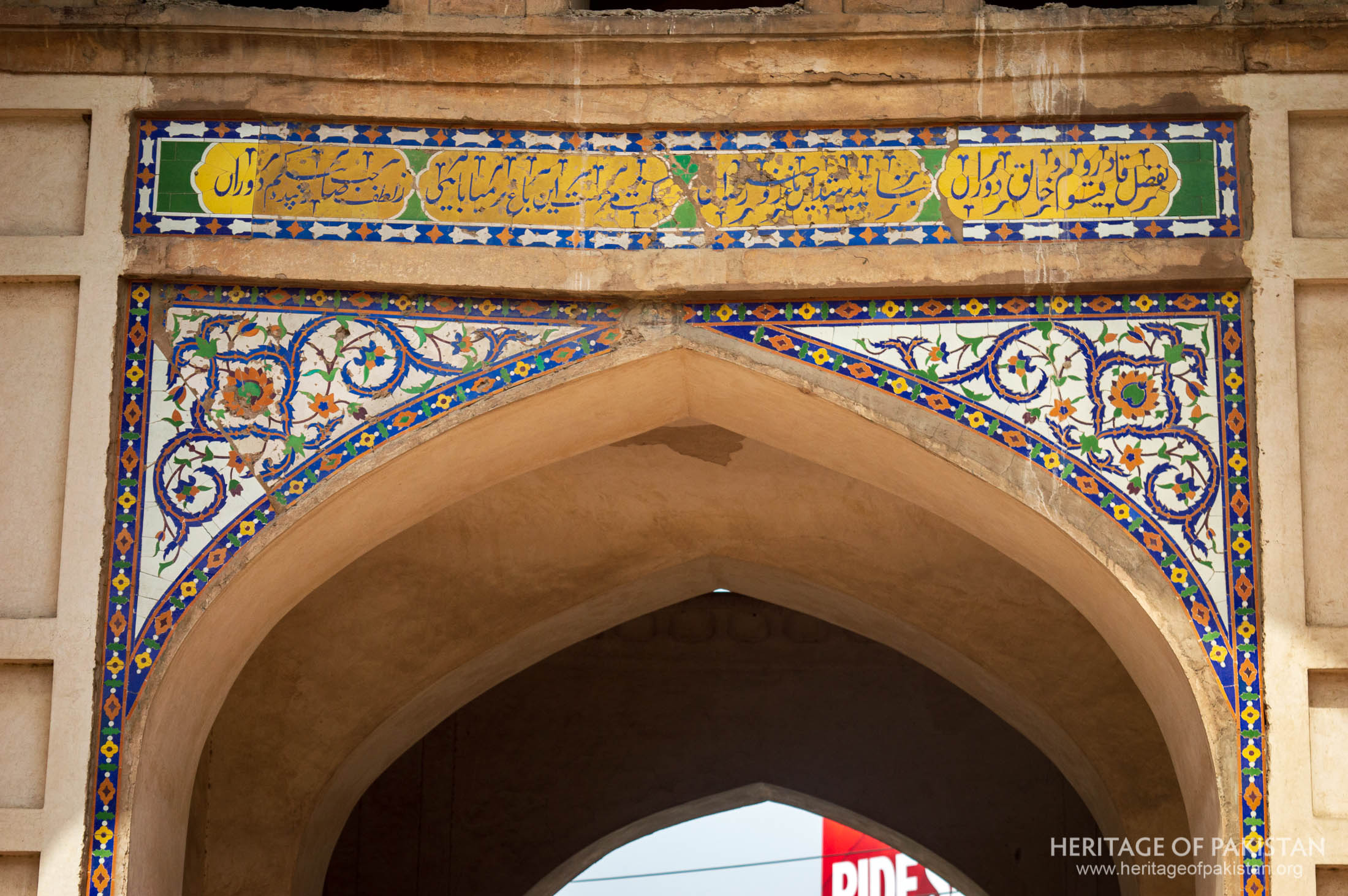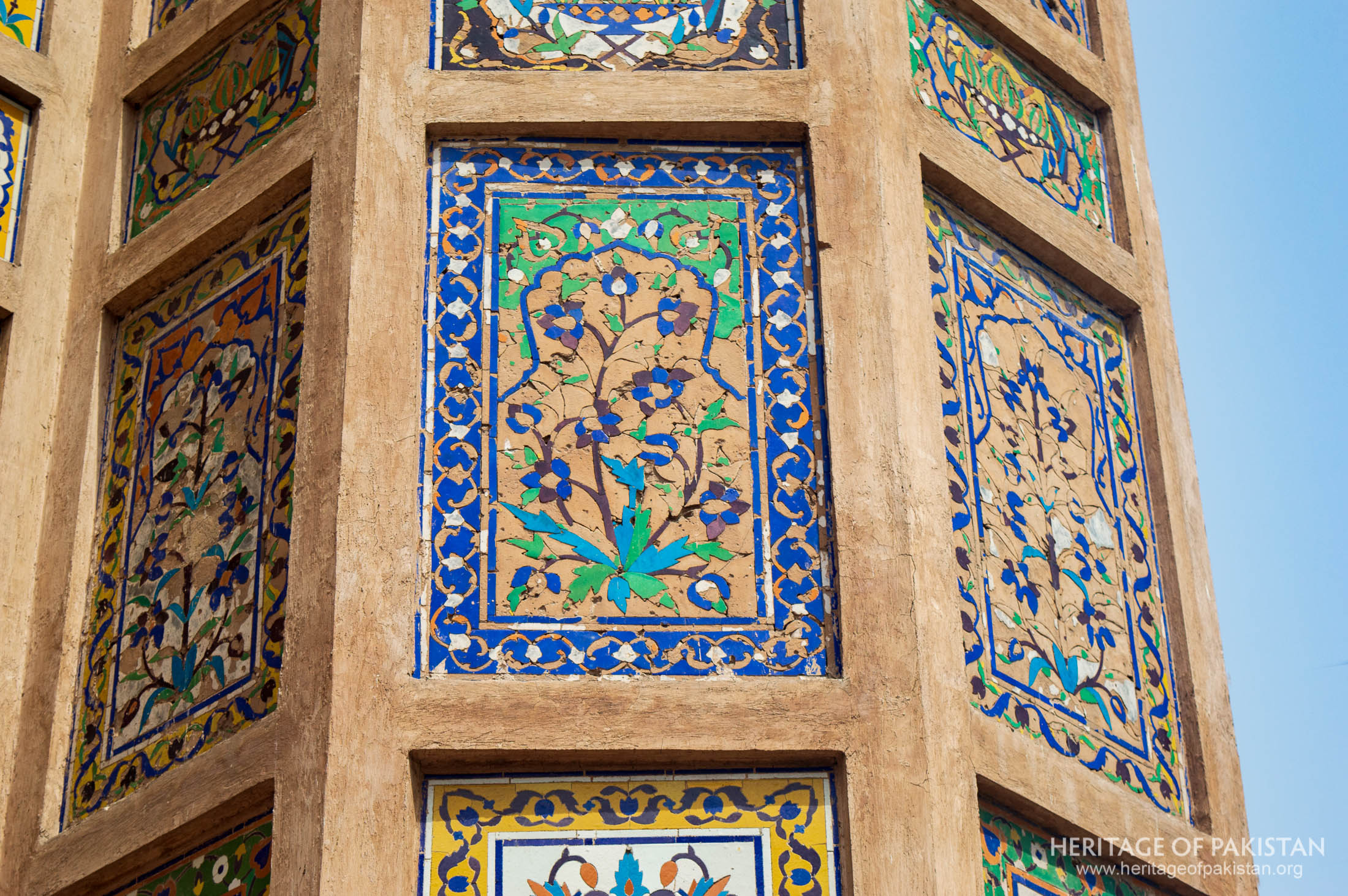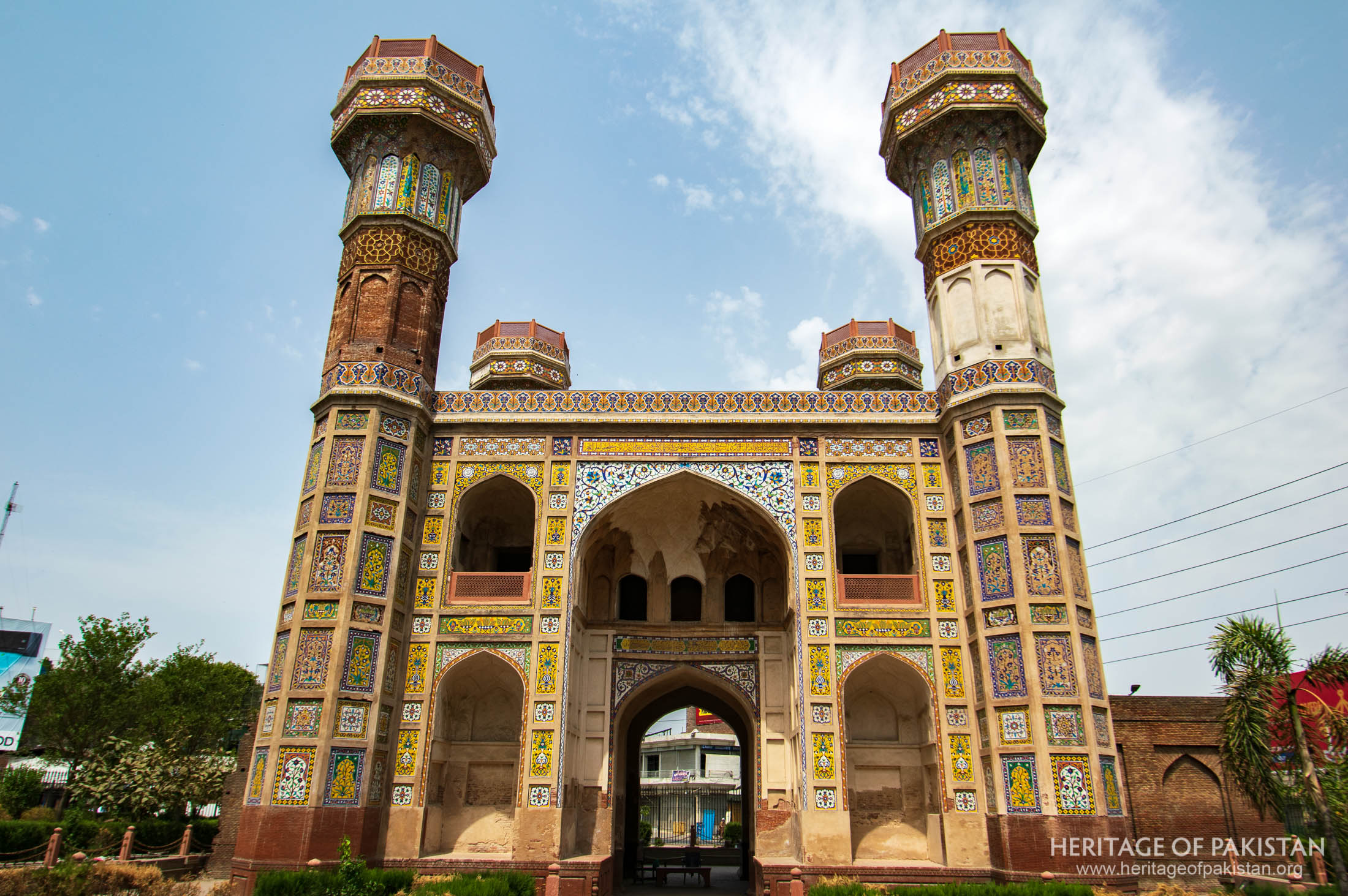Textarea
Chauburji is an iconic architectural structure in Lahore which derives its name from the Persian words ‘Chau’ meaning four and ‘Burj’ meaning minarets, referring to its most striking feature: the four tall minarets.
Constructed in 1646 during the reign of Mughal Emperor Shah Jahan, Chauburji is a beautiful example of the grandeur and architectural brilliance of the Mughal era.
The exterior of Chauburji features a combination of vegetal, floral, calligraphy, and geometric designs executed in faience mosaic and brickwork.
This intricate decorative work extends to the octagonal corner minarets, which are brilliantly embellished, enhancing the visual complexity and beauty of the structure.
The eastern and western facades of Chauburji are marked by Timurid-style entrances known as ‘Iwans. the iwans at Chauburji are adorned with Muqarnas, the honeycomb designs that embellish the top of the iwan, showcasing the intricate craftsmanship typical of Mughal architecture.
Chauburji showcases really intricate Mosaic work
The colors of the mosaic tile work makes Chauburji's facade unique and beautiful
Chauburji is a striking example of Mughal architecture, blending elements of Timurid and Persian styles with local influences.
The architecture of Chauburji Lahore is a remarkable blend of aesthetic beauty and historical significance.
Its combination of brickwork with enameled tilework, the unique design of its minarets, and the rich mosaic decorations all contribute to its status as an architectural masterpiece of the Mughal era.

